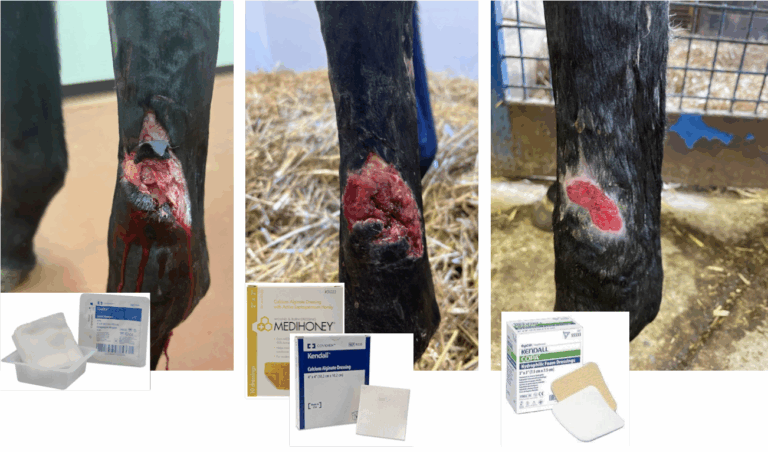
Equine practitioners often receive calls from clients who are concerned that their horses are excreting fluid with the manure, and while it isn’t diarrhea, it also isn’t normal feces. At the EquiSUMMIT sponsored by Kemin Equine in May 2022, Burt Staniar, PhD, equine science Professor at Penn State, discussed fecal water syndrome (free fecal water or FFW).
Staniar reminded the audience that plants are composed of water and different kinds of carbohydrates. Non-structural carbohydrates include fiber and plant cell walls while non-structural carbohydrates (NSC) contain sugar and starch. Different plant ingredients of structural carbohydrates range widely from long stem grass to alfalfa to beet pulp to oats. Fiber contains differing physical characteristics that affect how it is chewed by the horse, how it behaves with body water, how it moves through the gastrointestinal tract, and how it interacts with the microbial ecosystem.
A horse needs a balance of intake and loss of gastrointestinal water. The average, idle horse needs an intake of eight to 10 gallons of water per day for maintenance. Pasture is 70-80% moisture compared to hay at only 10-15% moisture. The high moisture content in spring grass might be sufficient to meet those needs, said Staniar. Horses might drink water in addition, thus contributing to more fluid intake than necessary to meet bodily functions.
Chemical reactions in the body generate water while fluid losses occur with feces, urine, sweat and breath. In general, daily losses amount to about 30 liters per day, which tends to be compatible with intake amounts:
- Feces lose about 15 liters/day.
- Urine loses about five liters/day.
- Sweat and the lungs lose about 10 liters/day.
Staniar explained that mature horses are made up of 60-70% water with a content of 325 liters in the body and 75 liters of fluid held in the gastrointestinal tract at any given time. Additional secretion of water occurs in various organs: saliva 40 liters/day; bile 15 liters/day; pancreas 40 liters/day; and stomach amounts are unclear. Daily absorption amounts of fluid occur in the jejunum and ileum at 60 liters; the cecum at 15 liters; large intestines 15 liters; and the small colon with six liters. This creates a total of nearly 100 liters/day being absorbed and secreted within the intestinal system in a careful balance.
Regarding free fecal water, Staniar noted that it is important to differentiate it from diarrhea by the fact that it is frequent, loose, watery feces with normal fecal balls. However, fluid clearly separates from the feces and passes before, during or after fecal elimination.
He cited a number of research papers with the following conclusions about free fecal water (FFW):
- Free fecal water is often associated with a lower rung on the social hierarchy, possibly due to stress.
- Geldings are more likely to exhibit free fecal water than mares, again possibly due to herd and social stress.
- Coat color has some association, as, for example, Paint horses have a greater propensity toward free fecal water.
- Horses exhibiting free fecal water are fed slightly more concentrate in the diet than those without free fecal water.
Feces characteristics have no detectable gross difference between horses with or without free fecal water, but there is less lactic acid in those with free fecal water. Nonetheless, there is no association of problems in fermentation, pH or free fatty acids in the feces.
A study looked at horses fed orchard grass hay ad lib compared to horses fed hay plus 10 pounds of grain twice a day (35% NSC). Horses with a hay-only diet have separation of water from feces in the right dorsal colon but are able to absorb water further on in the intestinal tract.
Absorption of water requires specific structure of tight junctions between intestinal cells—narrow at the beginning and wider near the capillary beds.
Staniar’s suggestions to manage free fecal water included trying different physical forms of fiber; considering maturity and digestibility of forage; managing water availability and intake; and implementing management strategies to decrease social stresses.








